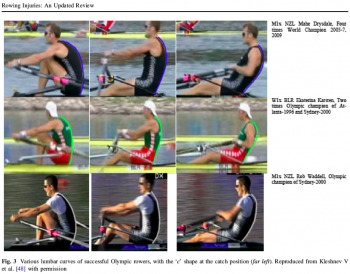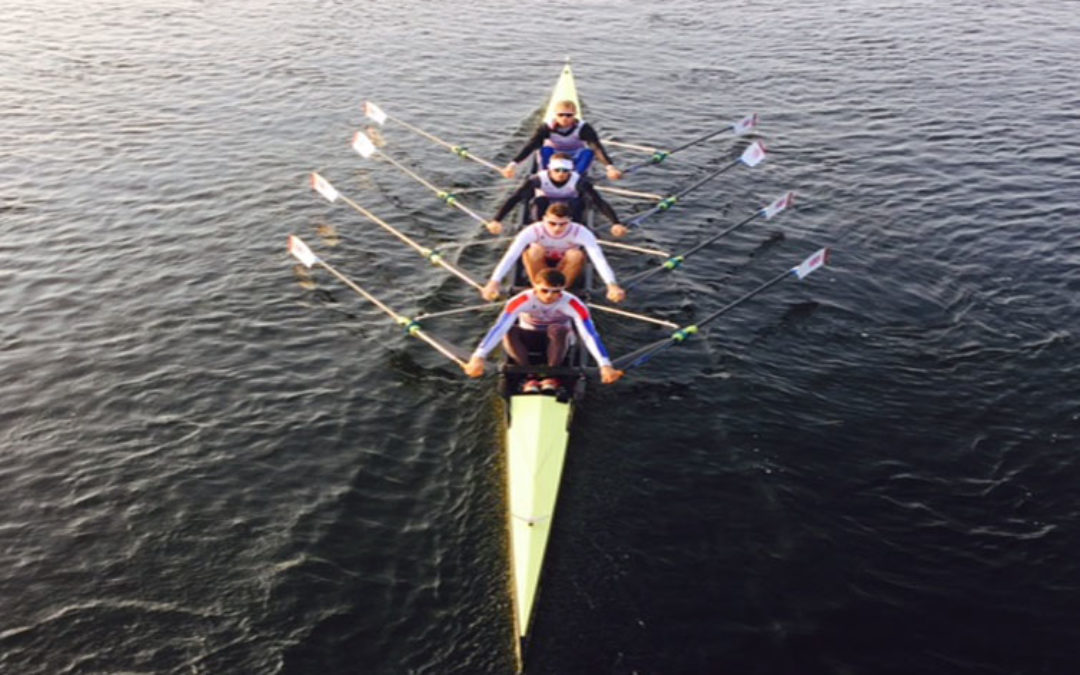Rowing Injury Research – The numbers don’t lie
Last week the latest Rowing Injury research review was published. This sports medicine paper is put together by a group of experienced and well regarded sports researchers and Drs. Of course this a topic very close to our hearts, or should that be lumbar spines? The review looks at participation in the sport, injury data and the most current practices for assessment and treatment.
There has been a significant growth in the masters and para-rowing demographics over the last few years, as there has been in the disciplines of indoor and coastal rowing. This will change the sorts of injuries and incidences we see over the near future too.
Although the understanding of injury causes and the ability to diagnose and treat has improved, we are still not yet seeing a significant drop in rates. Part of this could be explained by the fact that we are catching more injuries but in reality the injury trends around the lower back have continued to rise throughout the development of the sport.
Unsurprisingly the lumbar spine is the most frequently injured body region, with up to 53% of all rowing injuries related to it. In 12 months of rowing 32-52% of athletes are expected to experience rowing-related low back pain. A pretty shocking stat that has been highlighted and discussed in our previous notes.
Thing being young protects you? Wrong – point prevalence in adolescent rowers, who as a group have not been studied as much as elites, shows a 65% incidence for males and 53% for females. This discounts the complete training load cause and more work must be done to understand the exact links in this age group.
The strongest predictors for low back pain (LBP) were shown to be:
A previous history of LBP
Volume of ergometer training (especially sessions >30mins and static ergs)
Number of total training hours and years rowing
Restricted hip motion
Less strong correlations were found for:
A history of rowing before the age of 16
Time in season e.g. winter risk is higher due to more time spent on the ergo
Fatigue
The nature of the movements involved in rowing means that compressive loads of up to 4.6 x the rower’s mass are experienced in this part of the spine, this can then be compounded by end range flexion and twisting forces that are exacerbated at the catch.
Some keys for reducing risks were also noted. Some very simple ones included the importance of emphasizing full hip range of motion to reduce stress on the spine and encouraging anterior pelvic tilt at the catch (another factor we have written on) to reduce the overall movement the spine must go through. Interestingly there is more work being done on breathing mechanics and the roles that ecxhallation and inhalation at different parts of the stroke can impact abdominal pressures. Muscle asymmetries are often noted in athletes with lumbar pain so these should be addressed in your athletes with training or setup adjustments in-boat and on the ergo.
Movement techniques on the erg and in-boat are absolutely key to the way an athlete produces and transmits force. As a simple guide, full hip flexion with vertical shins, a relatively anteriorly rotated pelvis, and a smoothly flexed spine (with flexion spread throughout as in an extended ‘c’ shape) is what should be achieved at the catch see the image attached.
Interestingly, previous guidance to create and maintain a straight spine at the catch has been replaced by advice on allowing some flexion, but not excessively. “Curvature of the spine is necessary for its load-bearing function, which performs best with load distributed evenly through the vertebrae”. Think of your body as a building – you want the load spread evenly on the foundations.
As we have said before, rowing should not be seen as a dangerous sport at all, but we should take note of the importance of proper movement, preparation and equipment to make it as safe and most importantly as enjoyable as possible.
Over the next few weeks we will bring you updates on the other findings in the paper ranging from the ribs to the wrists so stay tuned in! If you want to read more about the research and theories on rowing without injury have a look through our past posts at https://batlogic.net/news – stay healthy, stay rowing.

Image and research courtesy of J. Thornton et al. Rowing Injuries: An Updated Review, 2016.

